Ford Mustang (1999-2004) Service Manual: Evaporative Emission Canister
Removal and Installation
1. WARNING: The evaporative emission system contains fuel vapor and condensed fuel vapor. Although not in large quantities, it still presents the danger of explosion or fire. Disconnect the battery ground cable from the battery to minimize the possibility of an electrical spark occurring, possibly causing a fire or explosion if fuel vapor or liquid fuel is present in the area. Failure to follow these instructions may result in personal injury.
Disconnect the battery ground cable. For additional information, refer to Section.
2. Raise and support the vehicle. For additional information, refer to Section.
3. Remove the left rear wheel. For additional information, refer to Section.
4. WARNING: Do not smoke or carry lighted tobacco or open flame of any type when working on or around any fuel-related component. Highly flammable mixtures are always present and may be ignited. Failure to follow these instructions may result in personal injury.
Disconnect the canister vent solenoid hose assembly.
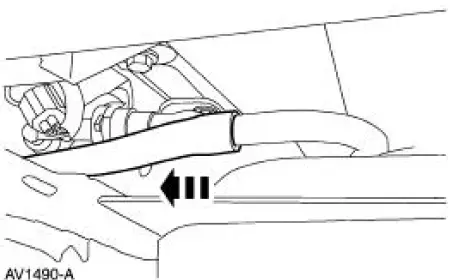
5. Disconnect the connector.
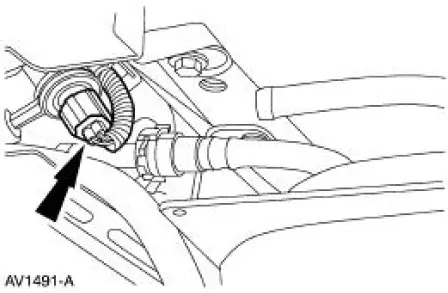
6. Disconnect the evaporative emission (EVAP) canister purge outlet tube.
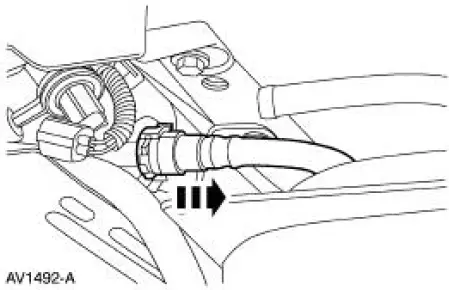
7. Remove the EVAP canister with bracket assembly from the vehicle.
- Remove the bolts.
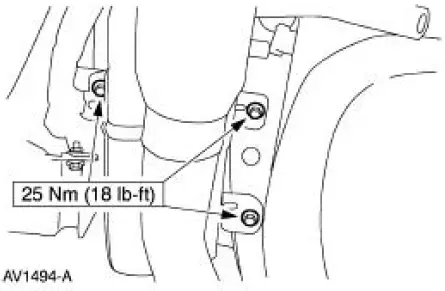
8. Disconnect the brace.
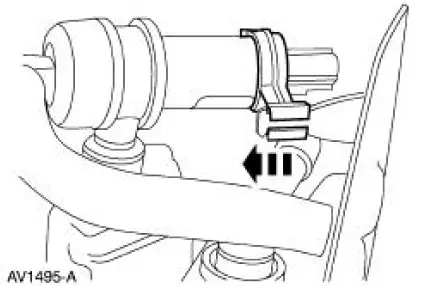
9. Remove the canister vent solenoid and canister vent solenoid hose assembly
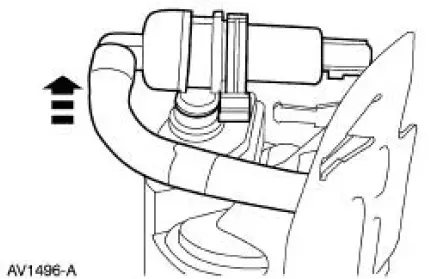
10. Remove the EVAP canister purge outlet tube elbow.
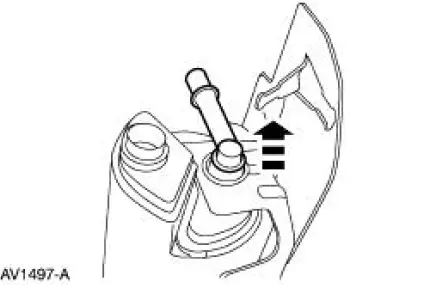
11. Remove the EVAP canister from the canister bracket.
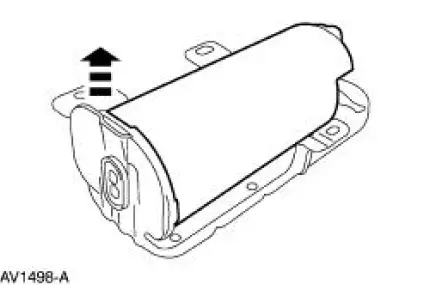
12. To install, reverse the removal procedure.
- Carry out a leak test. For additional information, refer to Evaporative Emission System Leak Test in this section.
- Carry out the evaporative emission repair verification drive cycle. For additional information, refer to Evaporative Emission Repair Verification Drive Cycle in this section.
 Evaporative Emission Repair Verification Drive Cycle
Evaporative Emission Repair Verification Drive Cycle
Special Tool(s)
Worldwide Diagnostic System
(WDS)
418-F224,
New Generation STAR (NGS)
Tester
418-F052, or equivalent scan
tool
Drive Cycle Recommendations
NOTE: The followi ...
 Evaporative Emission Canister Purge Valve
Evaporative Emission Canister Purge Valve
Removal and Installation
1. WARNING: The evaporative emission system contains fuel vapor
and condensed
fuel vapor. Although not in large quantities, it still presents the
danger of explosion ...
Other materials:
Supercharger Cooling
General Specifications
a - Use the same type coolant that was drained from the cooling system.
Do not mix coolant types.
b - The addition of Motorcraft Cooling System Stop Leak Pellets, VC-6,
darkens Motorcraft Premium
Gold Engine Coolant from yell ...
Rear Suspension (Description and Operation)
Item
Part Number
Description
1
18125
Rear shock absorber
2
-
Rear axle driveline vibration damper
3
5A649
Rear lower suspension arm and bushing (common
LH and RH)
4
5560
Rear spring
5
4731
...
Steering Column Switches (Diagnosis and Testing)
Refer to Wiring Diagrams Cell 13 , Power Distribution for schematic and
connector information.
Refer to Wiring Diagrams Cell 81 , Interval Wiper/Washer for schematic and
connector information.
Refer to Wiring Diagrams Cell 85 , Headlamps for schematic and co ...
